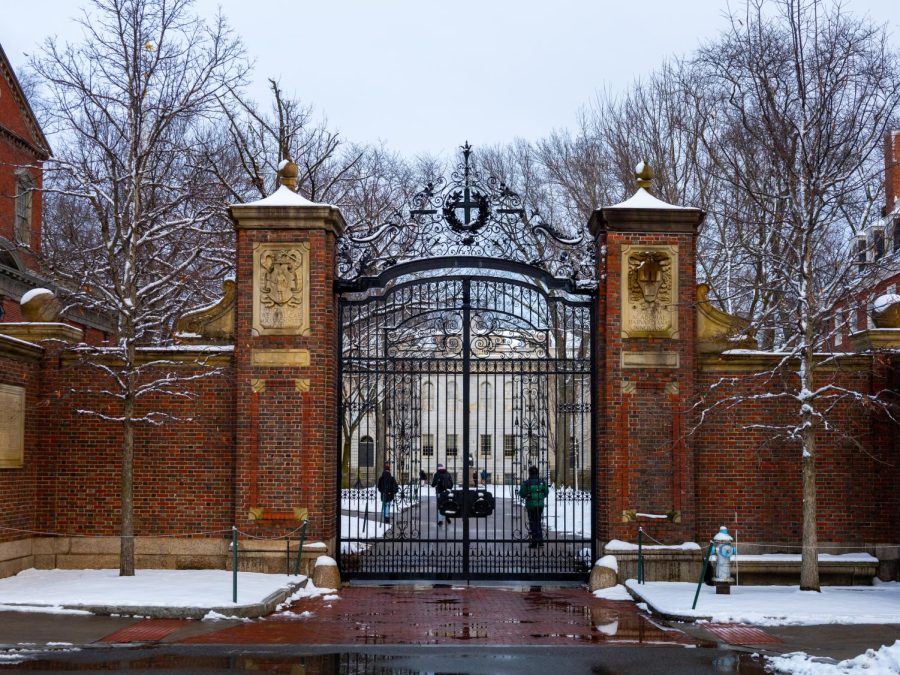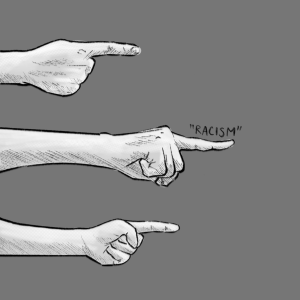The Dangerous Death of Affirmative Action
February 12, 2023
According to Druthers, Black men in the U.K. with the same job and qualifications as their White peers earn salaries that are $1,500 less on average. Despite the fact that ethnic minorities make up 18% of British citizens, only 52 out of the 1,099 most powerful English jobs are taken up by those minorities. In fact, throughout England’s history, there has never been a single Black prime minister or supreme court justice.
America, even with our many and varied faults, is doing better than England in this regard. Why? It’s not because racism doesn’t exist here, nor is there a lack of systemic discrimination. America is rife with both. However, unlike England, affirmative action is implemented in America. Race-based considerations have led to an uptick in the diversity of schools and professional environments. However, with the upcoming Supreme Court decision, all that could change.
On October 31st, 2022, the United States Supreme Court heard oral arguments against the use of affirmative action. Critical to the case was a lawsuit against Harvard, claiming that Asian Americans were underrepresented when looking at grades and test scores. The opposition, an organization called Students for Fair Admissions, claimed that the use of affirmative action to promote other racial minorities denied Asian Americans their own spots.
Yet, there is nothing lost when greater diversity enters the campus, only new knowledge and skills gained. Studies published in JSTOR and the Harvard Educational Review have found that exposing students to diverse voices on campus heightens their leadership and learning skills. Students in universities with affirmative action policies have been found more likely to have diverse friendships, positive attitudes toward race, and greater civic engagement.
However, it is commonly argued that affirmative action is no longer needed. In every Supreme Court case since the original 1966 decision, there was always the hope that eventually, race-based consideration wouldn’t be necessary. Unfortunately, we are still far from reaching that goal. The average White family in America holds around ten times more in net assets than the average Black family. Even for Black families that are relatively wealthy, decades of systematic oppression add additional obstacles to getting there. A recent study found that the children of Black adults with incomes above the 80th percentile have the same likelihood of remaining in that top 20 percent as they do of dropping to the bottom 20 percent. Meanwhile, Whites in the same situation are five times as likely to remain in the top 20 percent than they are to drop to the bottom.
Not only is there a great need for affirmative action, but the loss of it can have dire consequences. At the University of California, which stopped affirmative action practices in the late 1990s, the percentage of Black undergraduates has halved from 1980 to 2017. Losing ethnically diverse student voices leads to a lack of diverse professionals, a greater economic divide, and allows racial bias to continue unchecked. Yet, with the conservative-stacked Supreme Court, the odds for the continuation of race-based admission policies remain low. The decision will be released this June. Until then, we can only hope the court defies expectations.
This article also appears in our January 2023 print edition.











